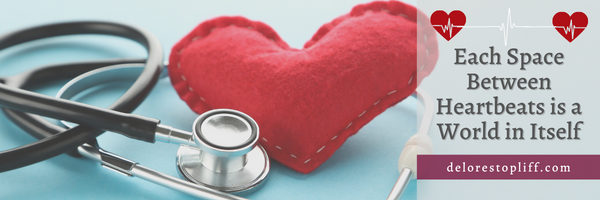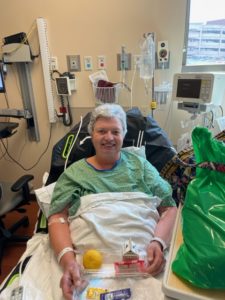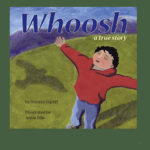
Just ask me, I’ll tell you—each space between heartbeats is a world in itself. I’ve always physically felt my heartbeats. In grade school, when one teacher wanted a break, she had us close our eyes and raise our hands when we guessed a minute had passed. My pulse was always 46-48, so I counted and won every time.
Our family didn’t worry about my heart rate and I seldom saw doctors except my low pulse kept me from sports. Doctors found a complete heart block present from birth and were surprised I’d lived. When I asked about favorite activities—trampolines, tree climbing, wanting to learn to skiing, they banned them all. I don’t like restrictions. I met my husband skiing.
They’re are different accounts of the pacemaker’s invention . One says a scientist trying to stabilize wine’s temperature for fermentation accidentally discovered the pacemaker. Google credits engineer Wilson Greatbatch with creating a device that recorded people’s heart rhythms by “reaching into his tool box, pulling out the wrong bit, and fixing it to his circuit.” When it pulsed, he found he had developed the first pacemaker. They first used the device in humans in 1958.
In 1983 in northwestern Canada, my schedule was extremely full. For two days my pulse soared into the 80’s. I was pleased and enjoyed cross-country skiing. I hoped my heart was fixing itself. But the next morning I felt dizzy when my pulse dropped to 24, 21,and then 16. Not wanting to depend on a gadget, I waited 24 hrs. praying for it to stabilize. It didn’t. My sons ages 19 and 17 still needed their mom. After the close friends helping me began crying, I relented and SLOWLY entered our nearest hospital an hour away. A doctor there put in a temporary pacemaker which failed. He radioed for me to be medevacked 500 miles to Edmonton, Alberta. That device worked. My experience influenced both of my sons to become doctors.

This August 10th I received my 7th pacemaker. Scientific evidence indicated the surgery could have complications and be risky. The Pacemaker Lab reported my 2nd set of wire leads, only nine-years-old, had failed. They recommended surgical extraction of the first two sets of leads to make room for a third. Surgical extraction of any device that has had tissue grow around it is risky. However, a complicated radiology study showed my veins could hold a third set of wiresthe space would be filled, a concern for future needs.
Just before surgery, my prominent electrocardiologist appeared with a technician operating something that looked like a car battery with cords. The technician did one last check that proved both of my lead wires were working after all and didn’t need replacing. My surgeon said, “Pacemakers report accurately 95% of the time. Yours is one in the 5% margin of error.” My prayer life had deepened. I experienced a safer surgery with better prospects for future needs.
After receiving my first pacemaker years ago, I didn’t expect to live this long. People in third-world countries have fewer options. I’m thankful to have had my life returned to me again and again. It has made me bolder with more sense of divine purpose. I relish life and embrace new opportunities. Back when my pulse had dropped to 16, it was too dangerous to give anesthetic. Between each surging beat, I prayed, Dear Lord, please let it beat again. Each pause before the next pulse is a world in itself. I appreciate every one.






Wow! You are quite the miracle! I’m in awe of what God provides by His hand and the human hands He uses.